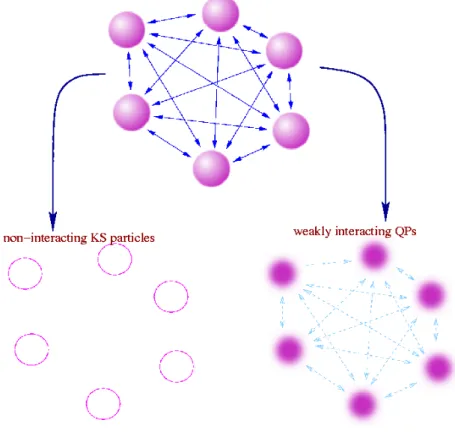Response functions of semiconductors and insulators : from the Bethe-Salpeter equation to time-dependent density functional theory
Texte intégral
Figure




Documents relatifs
THz-driven coherent polaron dynamics exhibits distinguishing features: room temperature coherent oscillations at ω LO longer than 1 ps in both single crystals and thin
The characterization of compact composition operators on the Dirichlet space in terms of Carleson measures can be found in [3, 12, 17].. Such a measure has the following equiv-
Les résultats obtenus lors de l’utilisation du Pd(II) comme catalyseur pour la réaction d’hétérocyclisation réductive de la 2’-nitrochalcone, montrent qu’on obtient
L’archive ouverte pluridisciplinaire HAL, est destinée au dépôt et à la diffusion de documents scientifiques de niveau recherche, publiés ou non, émanant des
Quantum Chemistry, Density Functional Theory, Time-Dependent Density Functional Theory, Open and Closed-shell molecules, Excitation Spectra, Photochemistry, Excited States,
Figure 5: Long-range excitation energies to the first triplet and singlet excited states of the H 2 molecule at the equi- librium internuclear distance as a function of the
systems is possible via spin-orbit coupling in the excited intermediate state1. The scattering cross section is proportional to the spin correlation function and results in
Using the exact one-particle Green’s function in the BSE approach within the static GW approximation also leads to a number of additional excitations, all of them being spurious


![Figure 3.IV: Minimum band-gap energies for several solid materials. The references (as exponent, calcu- calcu-lated first, experiment later) are the following: a [146], b [147], c [148], d [149], e [150], f [151], g [152], h [153], i [154].](https://thumb-eu.123doks.com/thumbv2/123doknet/2850555.70548/61.892.95.738.234.670/figure-minimum-energies-materials-references-exponent-experiment-following.webp)
